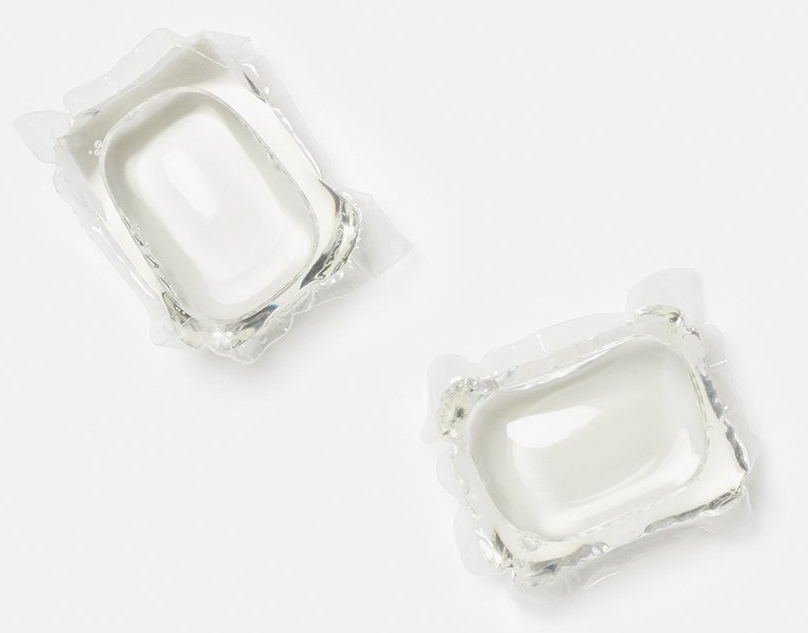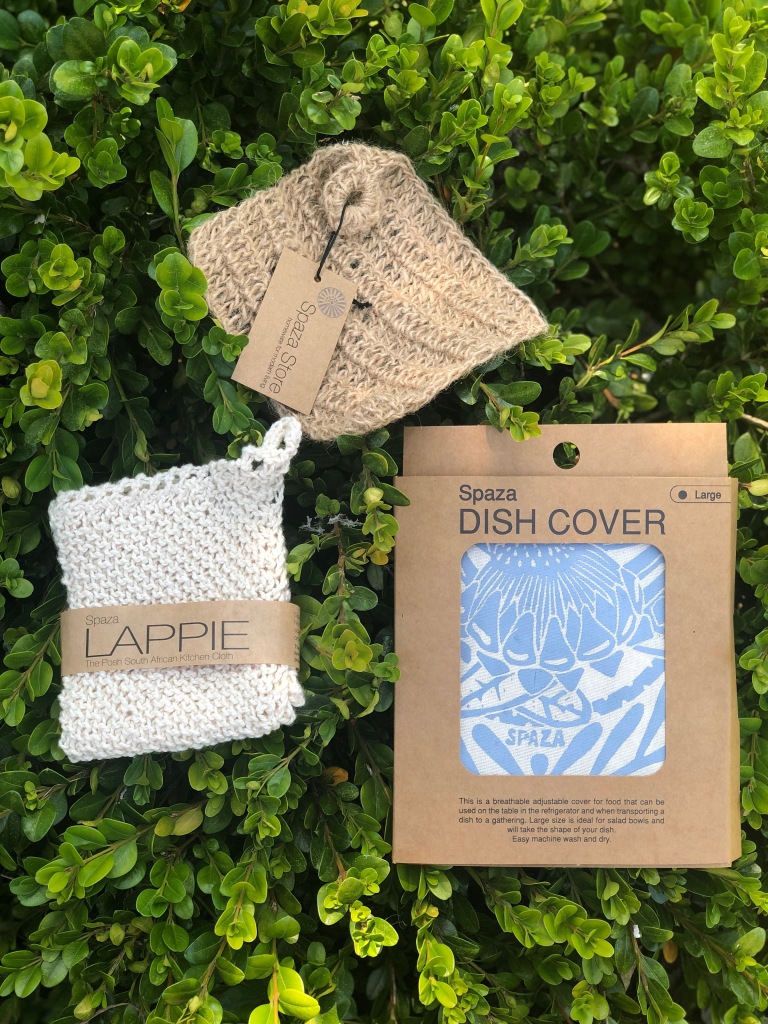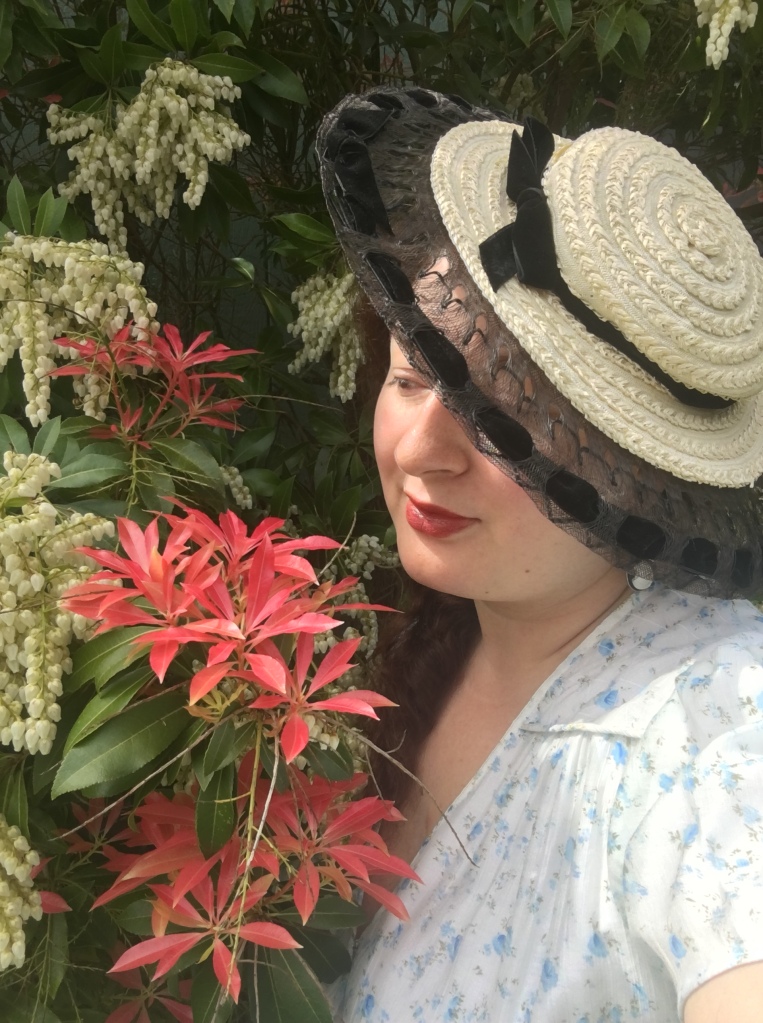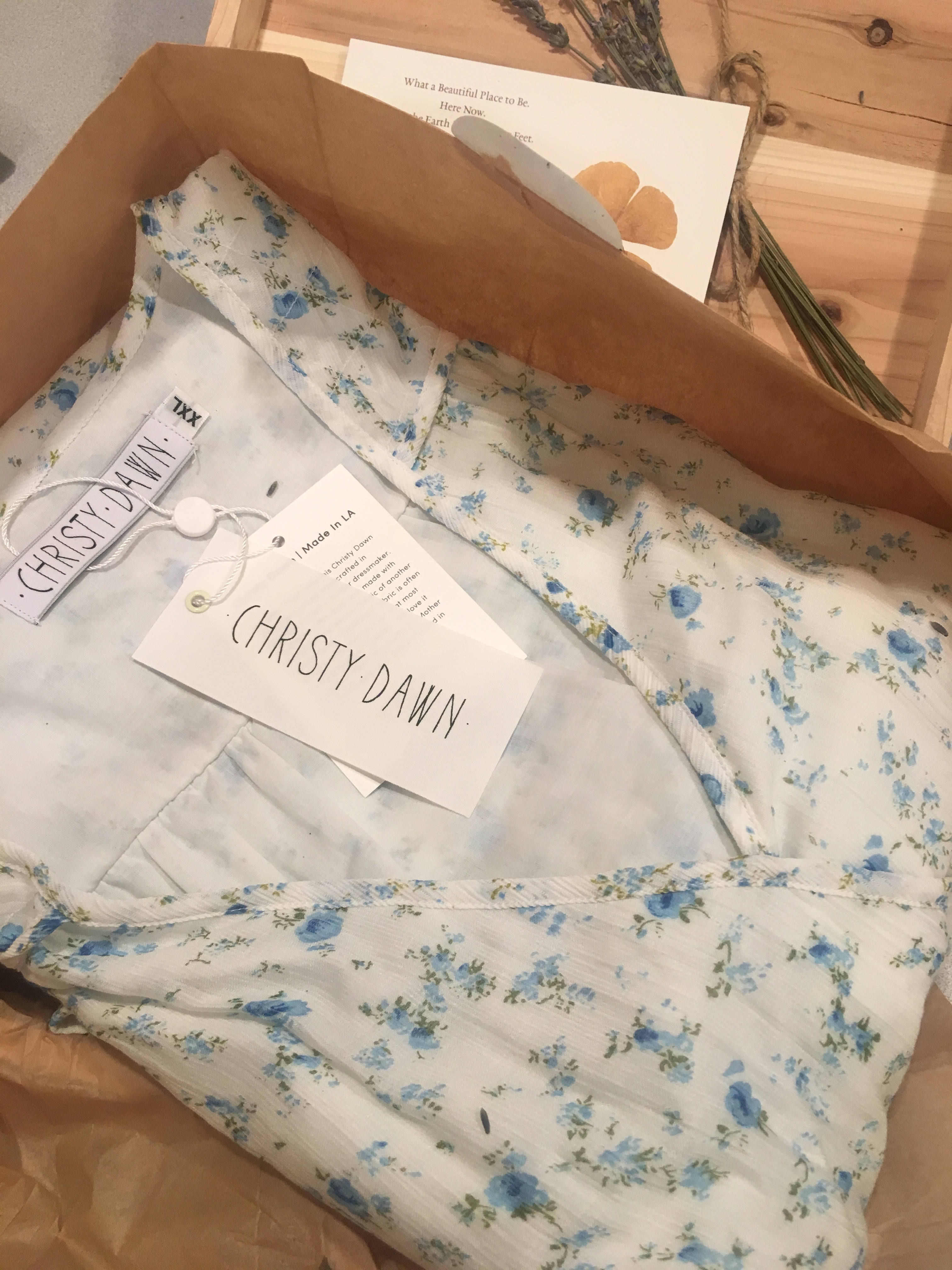As consumers that are trying to stay aware in a world full of information and mis-information, it is easy to be led astray. We are generally used to convenience and when presented with a solution rarely go beyond that solution as presented to us or contemplate the end of life of products. In reality, it is a goliath task to do. We often rely on the information provided by manufacturers and marketers to make our decisions as we are overwhelmed with all of the information being pushed our way.
Ironically, it was not looking past the solutions presented at various times in history that got us into the mess that we find ourselves in today. As an example plastic, which we now know to be an insufferable problem, was presented as the way to be eco-friendly and stop cutting down trees. Many well meaning people embraced it for this reason and the multitude of ways it made life seemingly more convenient.
Those of us paying attention to those big thick tubs of laundry detergent and wishing for something else that doesn’t take centuries to break down and pollute the environment more have shouted woo-hoo with the invention of the all magical pods. I too got on this train and ordered from Dropps whose subscription eco-friendly pods come in recyclable cardboard packaging for both laundry and dishwashing detergent. Admittedly, I was super happy to see their commitment to environmentally minded packaging and it still is a step in the right direction from the giant plastic jugs of laundry detergent we used to have.
I tried the more basic super eco-friendly soap nuts and eco-friendly dissolving laundry sheets, but unfortunately in my household of several pets and people the clothes just didn’t get washed as well as I was hoping for. Dropps pods has been a good step in the right direction away from the plastic giant jugs, but it got me thinking what are in the pods themselves?
The pods it turns out are made from something called PVA which stands for polyvinyl alcohol (PVA or PVOH) film. PVA is a synthetic polymer (AKA type of plastic), that dissolves in water. Now here is the catch, PVA can indeed be fully biodegradable and environmentally friendly, but this requires special conditions to be met at the water treatment plant your water is being sent to. A study done by Arizona State University recently found that up to 75% of the PVA going to water treatment plants is not biodegrading and is passing through. This means that it can potentially enter groundwater resources and water systems and contaminate crops and other environments.
Part of this is because in places like the U.S., the water treatment plants have not been setup to process specific polymers and are generally setup to process only human waste and other biological matter. So while companies like Dropps are doing their part to be eco-friendly, the end life of the pods are not so eco-friendly. The study, published in June 2021, shows that this PVA could account for up to 8,000 tons of the plastic material being released annually onto land and into waterways across the country.
This seems a crushing blow to the fight on plastic, but if anything this impresses why the change needs to come from us as consumers. We as the consumers and as citizens of the planet need to hold the laws of our country and the companies that function within them responsible for making changes and accountable for making sure it happens.
In the meantime, we as enlightened consumers have our own responsibility to make our dollar be our vote in our daily lives. I have decided to try out another up and coming brand Blueland, which has the same environmentally friendly mission of others and easy convenience of pods with the added benefit of no PVA. In addition to dishwasher and laundry tablets they also have refillable tablets for various household cleaning products in which all packaging is either compostable or recyclable. They have an amazing line up of eco-certification from cradle to cradle, leaping bunny, EPA Safer choice and more. A review will be coming soon!
















